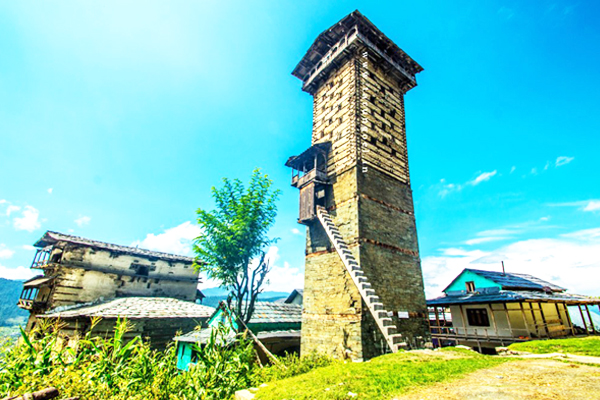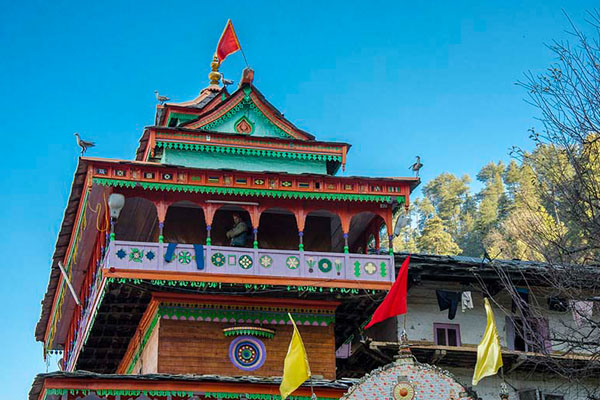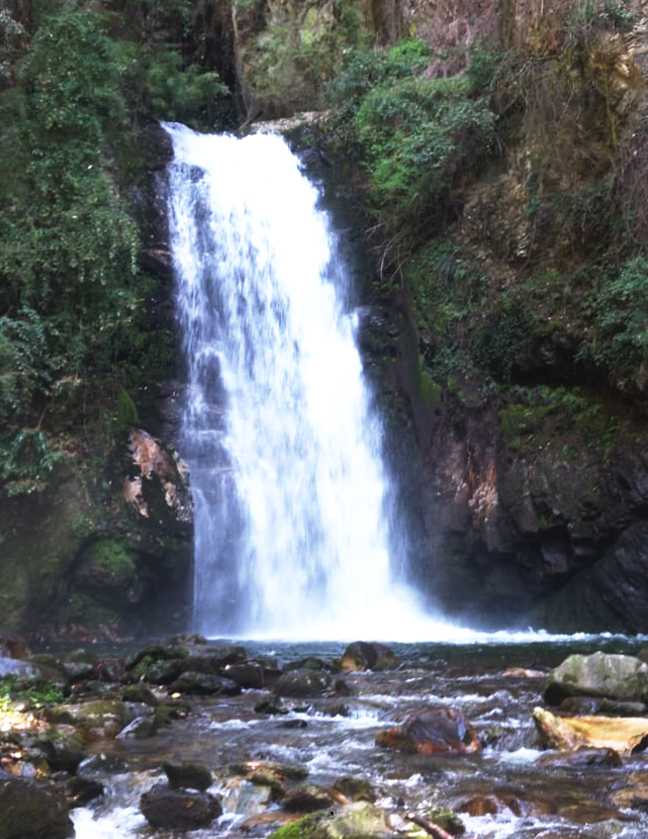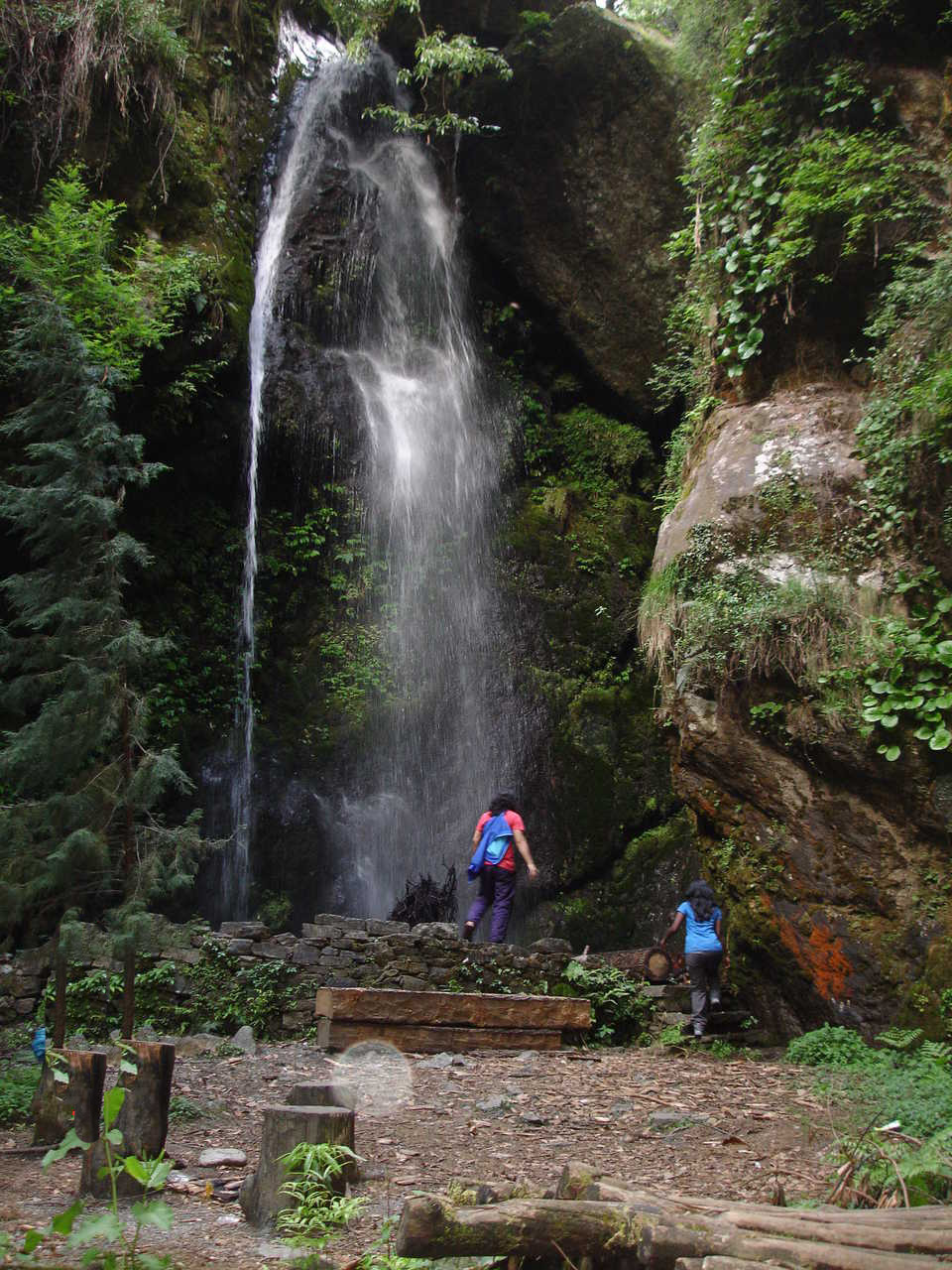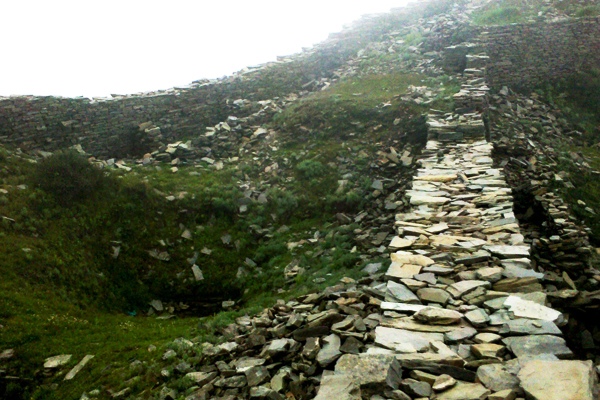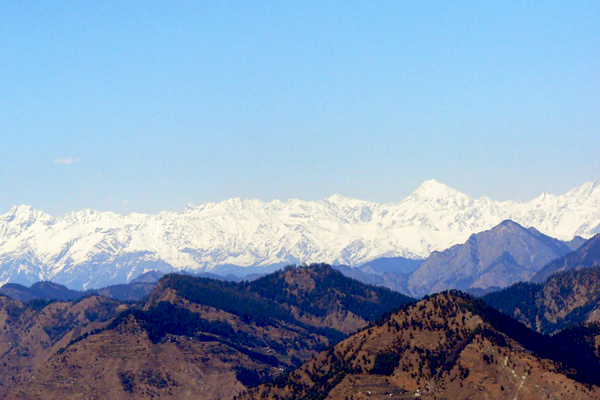Main Attraction
Besides sightseeing, there are a number of activities on offer at the Tirthan Valley to indulge in, such as river side camping, rafting, rock climbing, trekking, river crossing, rappelling and most importantly, trout fishing. To trek within the Great Himalayan National Park and specifically to Tirath, a source of the Tirthan River, one can get permits from the forest office at Sai Ropa .
The most prominent sightseeing attraction in this valley is the Great Himalayan National Park, which is a UNESCO World Heritage Site. Set up in 1984, this park boasts of flora and fauna in abundance. Some of the wild animals that can be spotted in this national park are leopard, musk deer, snow leopard and brown bear. The park is a paradise for birdwatchers, with it being home to a large number of bird species. Camping, hiking and trekking are the adventure activities one can indulge in within this park.


